RFK Jr. Drops 2026 MAHA Agenda To Banish Toxic Food Dyes And Kill Off Processed Poison
Authored by Steve Watson via Modernity.news,
In a game-changing move that’s set to shake up the corrupt food industry, HHS Secretary Robert F. Kennedy Jr. has unveiled his 2026 MAHA agenda – a no-holds-barred assault on the chemicals and loopholes poisoning the health of America.
The agenda, highlighted during a Fox News broadcast, targets eight critical areas: GRAS reform to close loopholes for untested additives, updating dietary guidelines to prioritize real nutrition over junk science, defining ultra-processed foods, front-of-pack labeling for radical transparency, a chemical review overhaul to weed out toxins, banning petroleum-based food dyes linked to hyperactivity and worse, enhancing infant formula safety, and launching a nutrition regulatory science program free from Big Pharma influence.
As highlighted in the segment by FDA Deputy Commissioner for Human Foods Kyle Diamantas, “2026 will be a fundamental transformational year for the Trump administration,” with Secretary Kennedy’s team at the FDA leading the charge on food reform.
? JUST IN: Secretary Robert F. Kennedy Jr.'s 2026 MAHA agenda has been RELEASED ?
— Eric Daugherty (@EricLDaugh) December 30, 2025
– Petroleum-based food dyes
– Dietary guidelines
– Define ultra processed foods
– Infant formula safety
– "Generally Recognized As Safe" reform for food ingredients
– Front-of-pack labeling
-… pic.twitter.com/u9MpK0Si8Z
Diamantas further urged, “This is an issue that has gone on for far too long in our country when you talk about our national nutrition crisis – 70% of Americans are overweight or obese, we have over half of young adolescents who can’t qualify for military service, and 15,000 new cases of diabetes each week. So we have deep problems in this country – we want to tackle those head on.”
This push comes amid broader MAHA victories, but not without resistance from entrenched interests. Just days ago, a federal judge blocked enforcement of H.B. 2354, calling it “unconstitutionally vague” and halting a state-level crackdown on seven harmful additives like FD&C Red No. 40 and Yellow No. 5.
West Virginia Gov. Patrick Morrissey had championed the bill, stating, “West Virginia ranks at the bottom of many public health metrics, which is why there’s no better place to lead the Make America Healthy Again mission. By eliminating harmful chemicals from our food, we’re taking steps toward improving the health of our residents and protecting our children from significant long-term health and learning challenges.”
Yet Kennedy’s federal agenda powers ahead, building on 2025 milestones like phasing out Red Dye No. 3 and reconstituting vaccine advisory committees with conflict-free experts.
The 2026 plan directly addresses the childhood chronic disease explosion – one in 31 kids now diagnosed with autism, allergies afflicting one in four children, and obesity rates that disqualify young people from defending the nation.
GRAS reform stands out as a major win against the “generally recognized as safe” scam that’s allowed over 1,000 untested ingredients into food since 1997 without proper FDA scrutiny. Kennedy’s team aims to slam that door shut, forcing real safety reviews instead of industry self-certification.
On dietary guidelines, due for a radical update in January 2026, expect a shift away from outdated saturated fat limits that have propped up processed garbage. As nutrition expert Jerold Mande noted in recent coverage, “They don’t see a strong future for animal products. They just keep getting more and more expensive,” pointing to a potential emphasis on whole foods over ultra-processed alternatives. School lunches and military meals could see massive improvements, with resources funneled toward fresh, untainted options.
Defining ultra-processed foods is another cornerstone, with Marlene Schwartz emphasizing, “If the dietary guidelines said something about ultra-processed foods that just got people paying attention, I think that would be great.” This could spark a nationwide awakening to the hidden dangers in everyday snacks, cutting into Big Food’s profits while slashing obesity and diabetes rates.
Front-of-pack labeling promises to empower consumers with clear warnings, bypassing the fine-print tricks that hide toxins. Coupled with the chemical review overhaul, this will expose and eliminate contaminants that have evaded oversight for decades.
The petroleum-based food dyes ban builds on Kennedy’s April 2025 pledge to eliminate six synthetic colors by year’s end, now extended into a full purge. Despite judicial roadblocks like the West Virginia ruling, federal action could override such hurdles, protecting kids from behavioral issues tied to these petroleum-derived poisons.
Infant formula safety gets a spotlight through Operation Stork Speed, reviewing options to ensure the youngest aren’t exposed to harmful additives. And the nutrition regulatory science program will rebuild trust by grounding policies in unbiased research, free from lobbyist corruption.
Kennedy’s 2026 blueprint is a declaration of independence from the forces eroding American vitality. By prioritizing clean food, transparent science, and family health, MAHA delivers on the promise of a stronger, freer nation.
Your support is crucial in helping us defeat mass censorship. Please consider donating via Locals or check out our unique merch. Follow us on X @ModernityNews.
Tyler Durden Tue, 12/30/2025 - 15:40


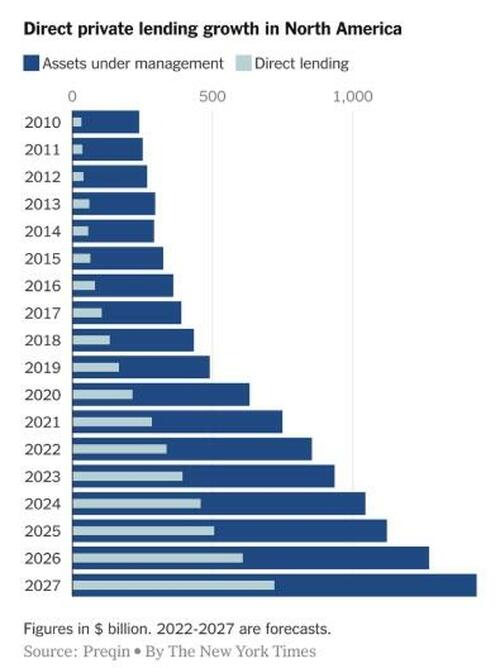
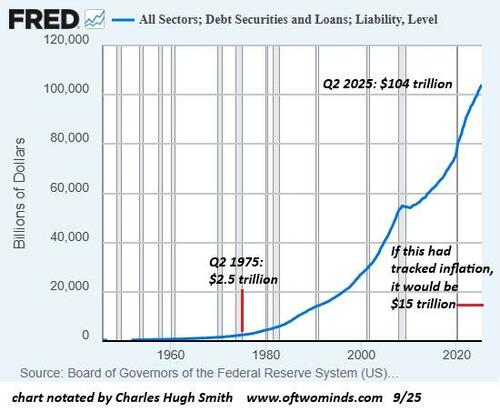

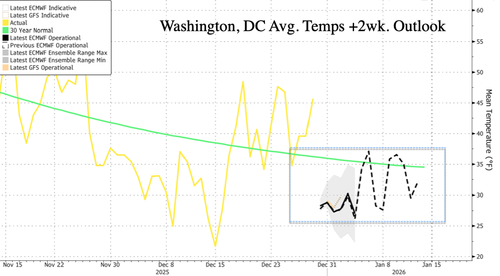
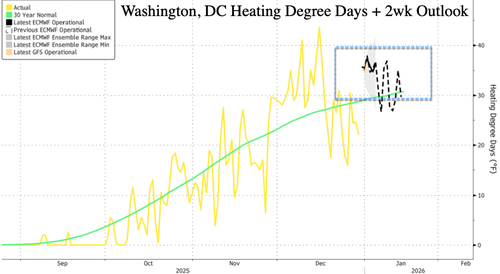
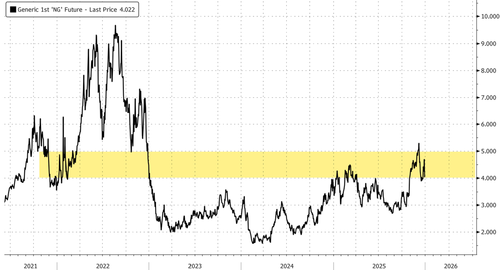


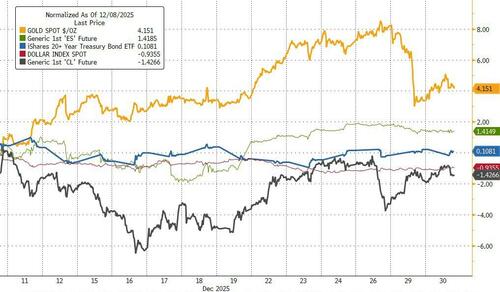
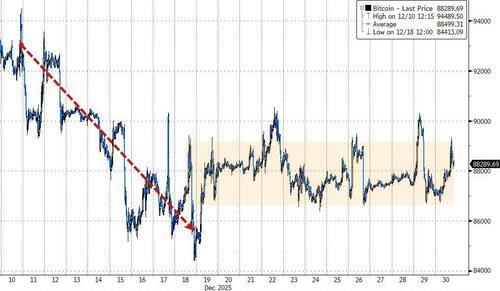


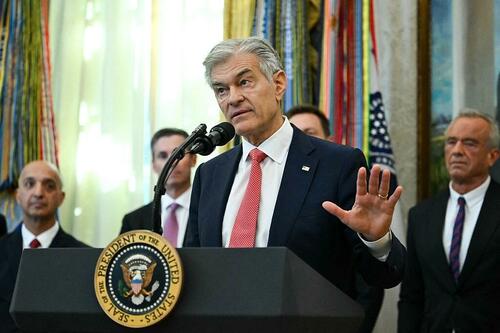
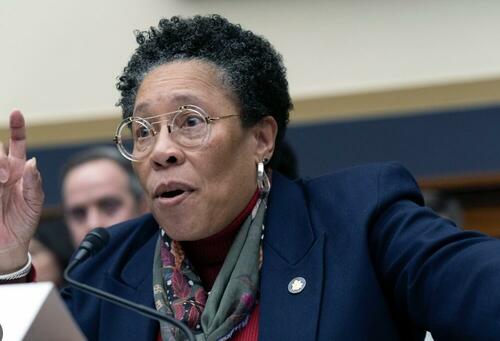 Marcia Fudge
Marcia Fudge
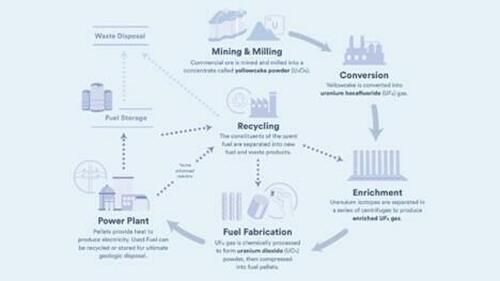

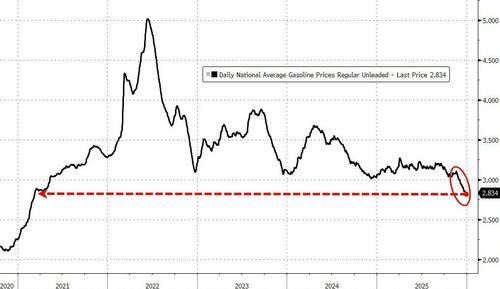

 The sign outside the Internal Revenue Service building in Washington. AP Photo/Patrick Semansky, File
The sign outside the Internal Revenue Service building in Washington. AP Photo/Patrick Semansky, File
 Illustrative: MQ-9 Reaper Drone
Illustrative: MQ-9 Reaper Drone


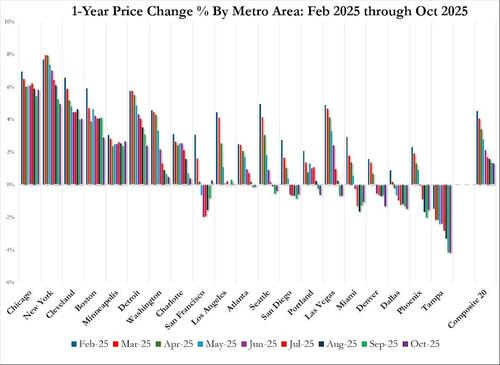
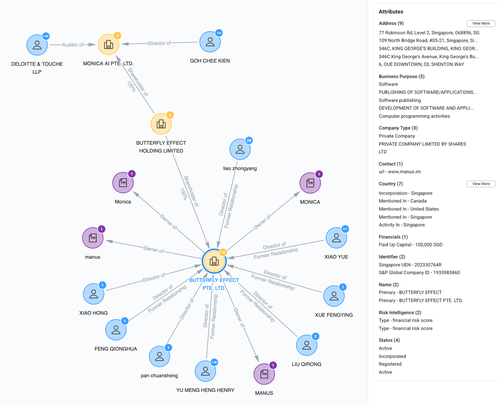
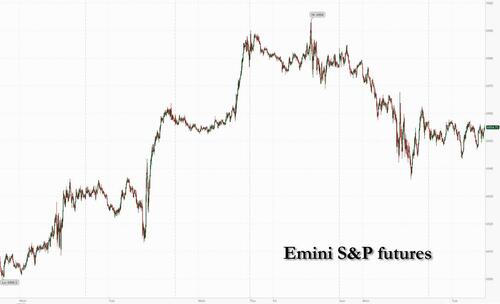
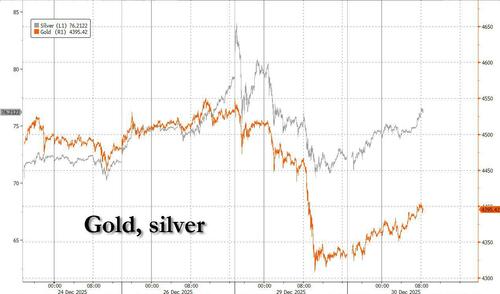
Recent comments